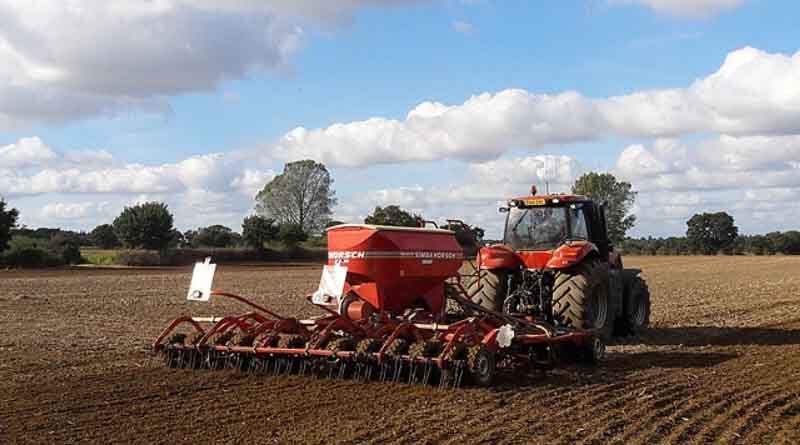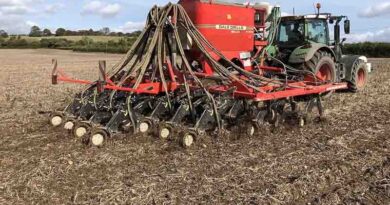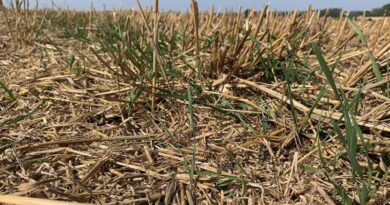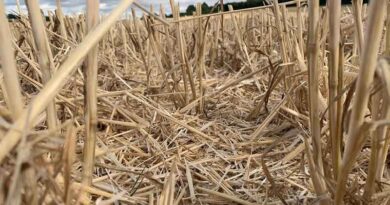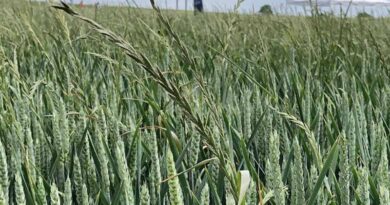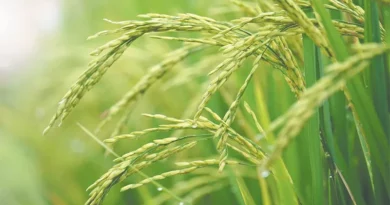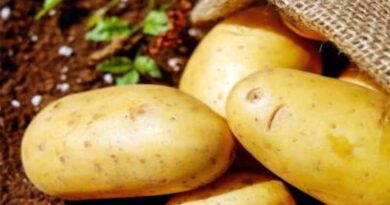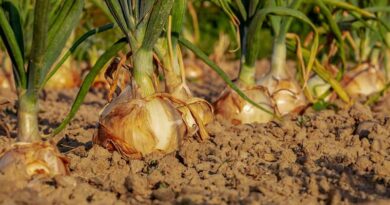Seed bank interest pays dividends for black-grass control
26 July 2021, UK: Understanding where black-grass seed is likely to be sitting in the seed bank could provide important clues to the success of this year’s autumn control strategies.
Predicting the speed at which black-grass is likely to emerge, along with the population pressure, could help with agronomy decisions including drilling date, crop choice and autumn herbicide options, advises Syngenta Technical Manager, Georgina Wood.

Speaking at the latest Syngenta Summer Black-grass Webinar, she reported results from a complex matrix of five year’s establishment system trials on the Syngenta Barton Black-grass Innovation Centre, near Cambridge. They have revealed a clear correlation between seed movement in the soil bank and long-term black-grass management.
Also Read: U.S. – India Agricultural Cooperation
Catch up on all the latest black-grass news for this season’s strategies
“If you know where the majority of shed seed has been moved each year, you can begin to calculate how much is likely to appear this season and, equally importantly, when it will emerge,” advocated Georgina.

The length of time seed has been in the soil will determine its viability to grow, along with its position in the seed bank dictating emergence timing. Seed within two cm of the surface could see nearly 90% emergence within seven days of germination, for example, however seed at around six cm is more likely to result in less than 60% germination and take 12 days to emerge.

“Where seed is coming from eight cm, at the bottom of a non-inversion tillage system, for example, emergence could be less than 10% and taking over 17 days to come up. Seed buried down below 10 cm with the plough has shown little or no emergence,” she reported.
Based on the research results, Syngenta has created an on-line cultivation insight tool, which enable growers to model where seed is likely to have moved in successive seasons under different establishment systems.

Use the Cultivation Insight tool to track seeds in your soils
The implication is that where black-grass seedlings are coming from depth, there could be lower weed pressure in terms of total numbers, but the flush will appear over a protracted length of time. “In those scenarios delayed drilling, to provide more time to kill off the weed flush, is going to be even more important.
“Furthermore, it also impacts on herbicide strategy, where the residual activity of any pre-emergence application is going to be more robustly tested.”
“That puts the onus on application to be as effective as possible, as well as the potential for a sequenced Defy-based herbicide approach.”
Find out more about black-grass issues and integrated control options
Increasing seed rate and growing more vigorous hybrid barley, to out compete later emerging black-grass, could prove especially effective in these situations, she suggested.

Georgina (above) added that growers also need to factor in the dormancy level of black-grass seed shed in any particular season, to predict potential timing and threats to the establishing crop.

“Warm, dry conditions during black-grass seed setting indicates potentially low dormancy,” she advised. “However, cool, wet conditions such as experienced this season, suggests it is more likely to be a high dormancy autumn. That could mean seed will germinate and emerge over a more protracted period – requiring agronomy decisions to be tailored accordingly.”
Catch up on all the latest black-grass news for this season’s strategies
Trials at the Barton Black-grass Innovation Centre have historically shown that in a season with prolonged weed emergence, a sequenced approach to the autumn herbicide strategy can provide a useful increase in control, of around 5% compared to pre-emergence alone.
“That does have to be balanced against the risk of not being able to physically get the second application on, if weather or soil conditions are difficult, compared to the assurance of a stacked pre-emergence strategy,” she added.

